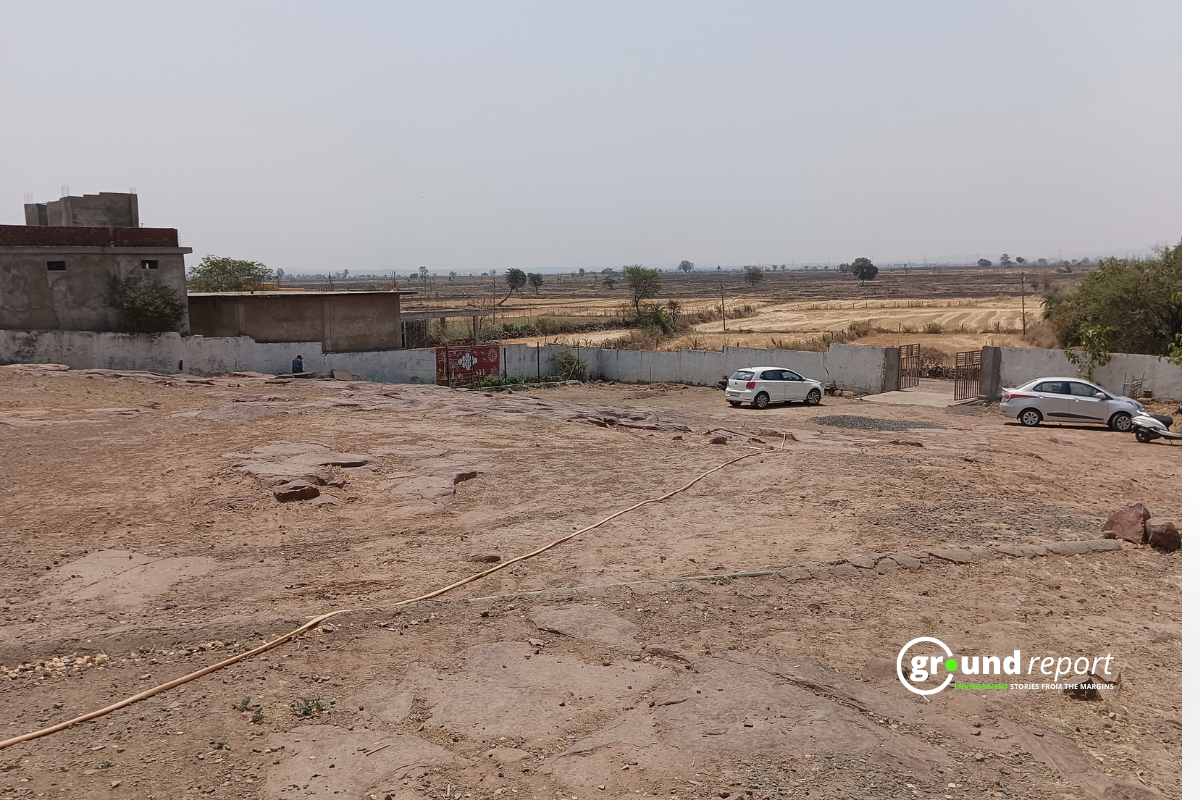A new study has solved the puzzle of why some animals, like Alaskan horses, certain turtles, and island lizards, have grown bigger or smaller over time.
The study found that an animal’s size changes due to two main reasons. The first is the intense competition for resources between different species. The second is the risk of extinction from environmental threats.
The study used computer simulations to mimic how animals evolve and found that some species gradually become smaller, as suggested by fossil records.
Dr. Shovonlal Roy, a researcher at the University of Reading who led this study, explained that animals, like humans, adapt to their environments. This means that animals can grow larger or smaller based on their habitat or environmental factors.
Competition shapes animal size adaptation
The study found that in areas where there’s a lot of competition for resources like food and shelter, animals often become smaller. This is because species spread out and adapt to where resources and competitors are. A good example of this is the miniature horses that lived in Alaska during the Ice Age. They became smaller due to changes in the climate and vegetation.
In areas where competition is less intense, animals tend to grow larger. However, being larger and fewer in number can put these animals at a higher risk of extinction, as was the case with dinosaurs.
Fossils are crucial for understanding how ecological changes affect evolution. They reveal a mix of patterns, with some species growing larger over time, while others shrink.
The research team conducted their study to address the contradictions found in fossil evidence related to “Cope’s Rule”. This rule, named after 19th-century paleontologist Edward Cope, suggests that some animal groups tend to evolve larger body sizes over thousands and millions of years. For instance, early horses, which were the size of small dogs, gradually increased in size over time, leading to the modern horse.
However, fossil evidence shows conflicting trends, with some groups increasing in size and others decreasing. This study aimed to understand these contradictions.
Animals adapt size based on environment
The study used computer simulations to identify three main patterns in how animal sizes change:
- Slowly getting bigger: This happens when animals compete based on size. For example, many types of marine animals, like invertebrates, have slowly grown bigger over millions of years.
- Getting bigger after extinction: Sometimes, the biggest animals go extinct over and over again. This lets other species take their place and grow even bigger. This cycle continues. Large animals, like dinosaurs and giant flying reptiles, are especially likely to go extinct.
- Slowly getting smaller: The simulations also found that contrary to Cope’s law, species can keep getting smaller over time. This happens when there’s a lot of competition and animals’ use of habitats and resources overlap. As species evolve and split into separate species, they face pressure to get smaller. This has been seen in vertebrates, bony fish, certain turtles, Alaskan horses from the Ice Age, and island lizards.
Keep Reading
Part 1: Cloudburst in Ganderbal’s Padabal village & unfulfilled promises
India braces for intense 2024 monsoon amid recent deadly weather trends
Support us to keep independent environmental journalism alive in India.
Follow Ground Report on X, Instagram and Facebook for environmental and underreported stories from the margins. Give us feedback on our email id greport2018@gmail.com.
Don’t forget to Subscribe to our weekly newsletter, Join our community on WhatsApp, and Follow our YouTube Channel for video stories.









